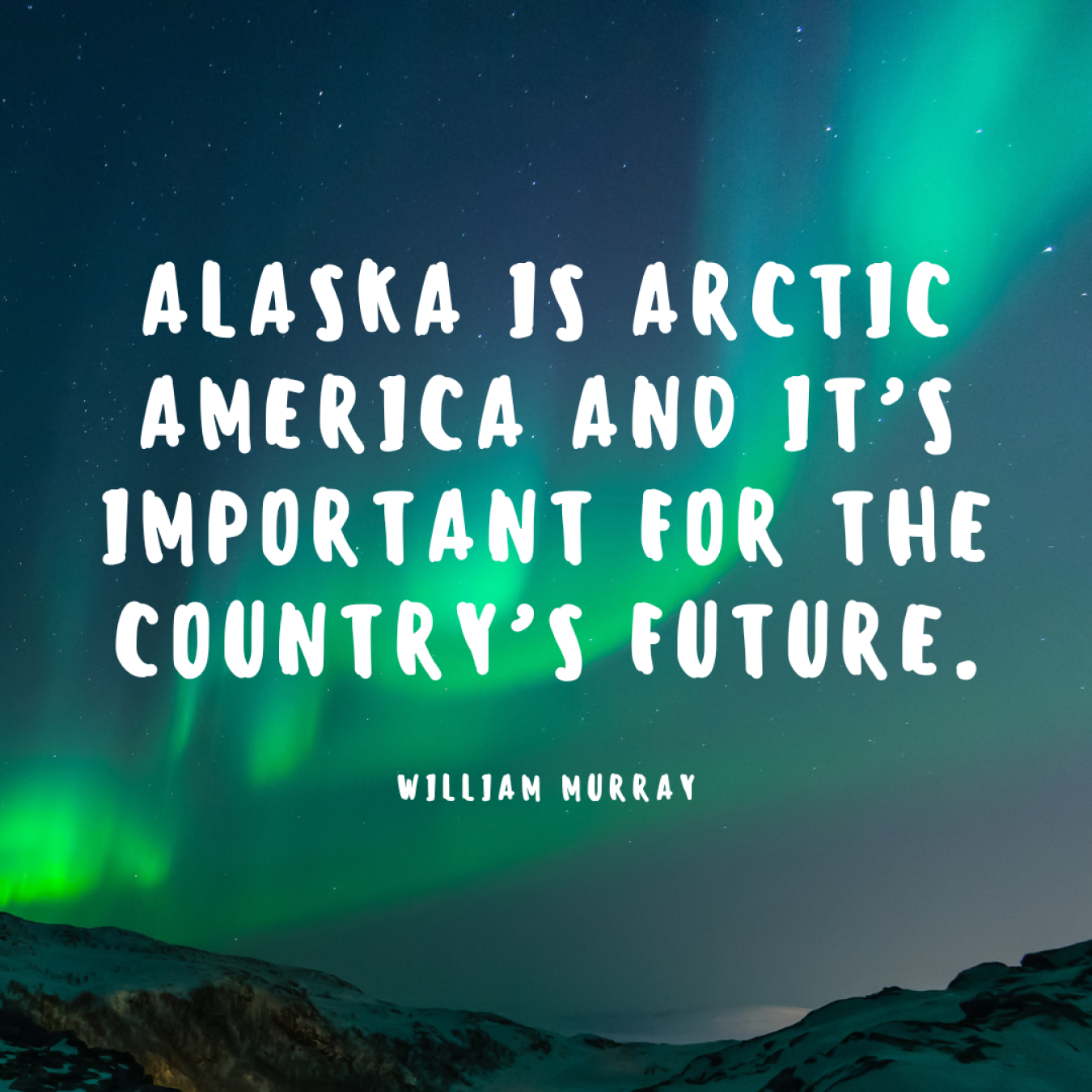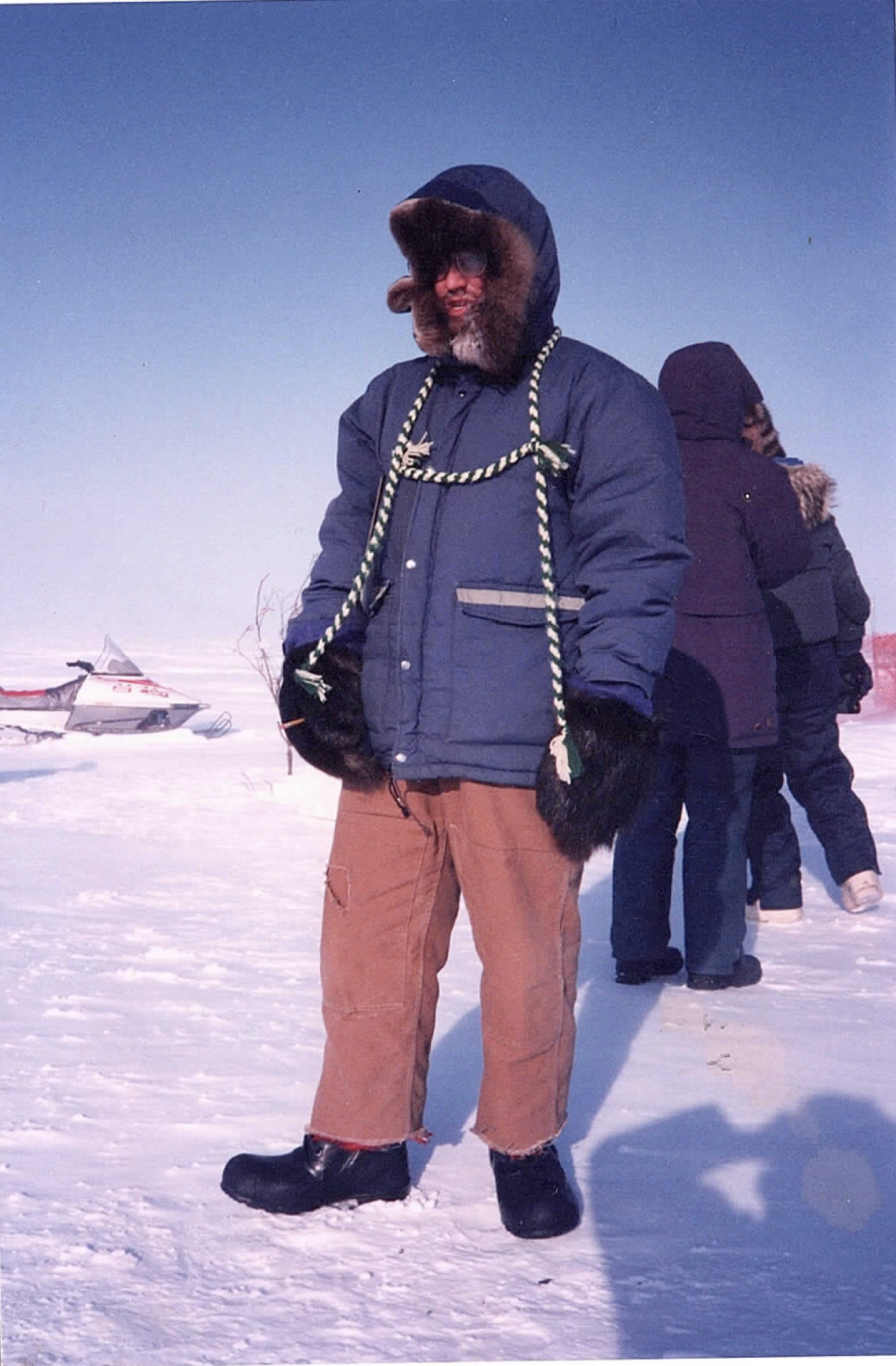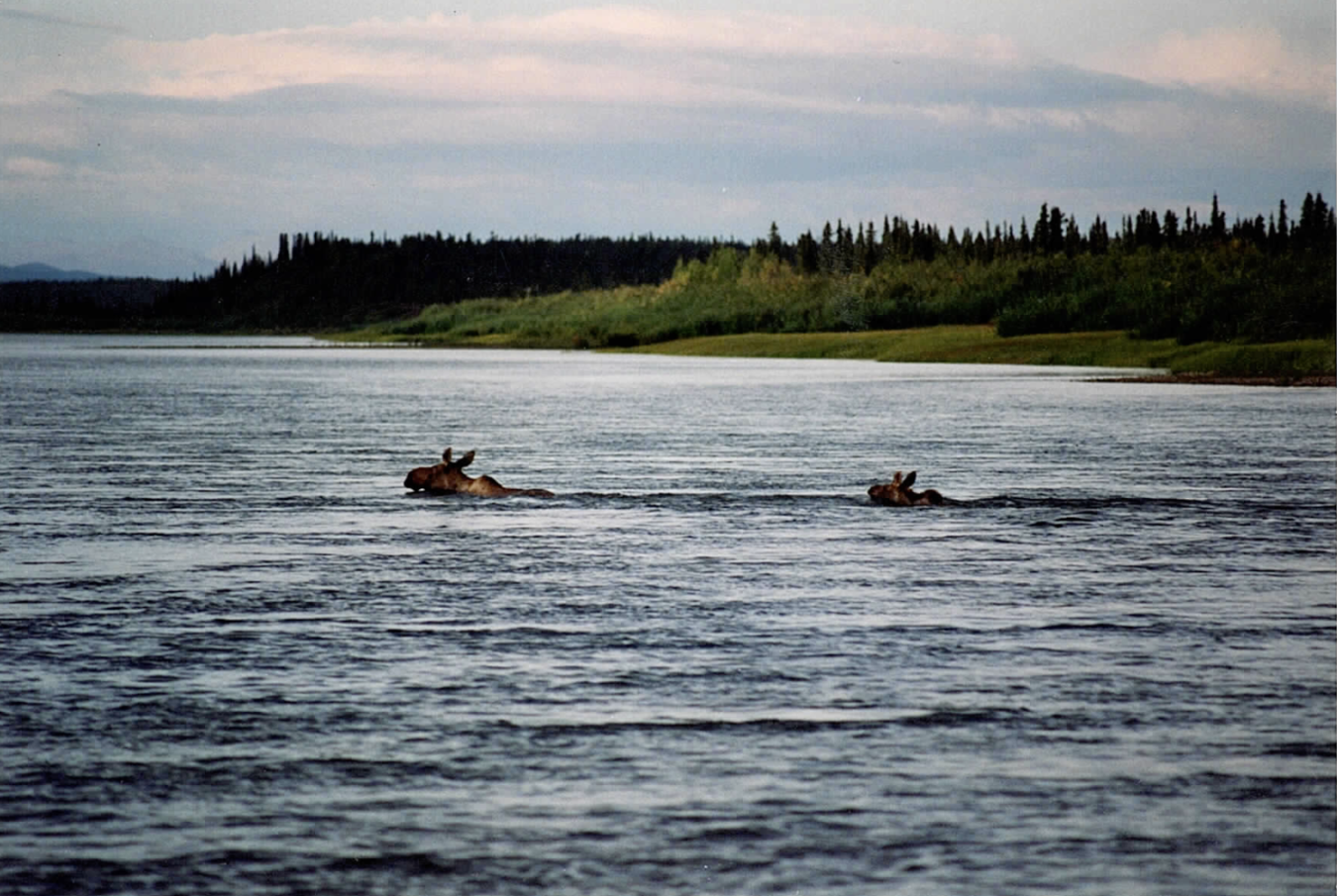William Murray was born in Nome, and grew up in Anderson, Alaska, a small town south of Fairbanks. His former job as a public radio news director at KOTZ-AM prepared him for his work in communications for the Office of Fossil Energy and Carbon Management.
March 7, 2024
The Arctic Energy Office is hosting a series of interviews to highlight the lives and achievements of some of DOE’s outstanding employees with Arctic and Alaska connections. Today meet William Murray who has spent years working above the Arctic Circle and was born and raised in Alaska. If you're a Department of Energy employee and have Alaska connections or know someone at DOE who does, please connect at [email protected] so we can feature you in future editions.
What is your role at the Department of Energy?
I’m a speechwriter and copy editor for the Office of Fossil Energy and Carbon Management, writing remarks for Assistant Secretary Brad Crabtree and Dr. Jennifer Wilcox, our Principal Deputy Assistant Secretary.
When did you start working at DOE?
I began working as a contractor for Keylogic, which supports the Office of Fossil Energy and Carbon Management communications as a speechwriter in September 2021. I spent a short time in government service before and am a big fan of the Department of Energy, and my previous experience as an energy and environment reporter made the position a very good fit.
What do you love about your job?
I’ve always enjoyed writing and policy and after 20 years as a journalist I’ve learned to string some words together. Turning the work of policy into rhetoric like public remarks from Assistant Secretaries is pretty exciting.

When did you live in Alaska?
I was born in Nome and grew up south of Fairbanks in the small town of Anderson. It’s about halfway between Fairbanks and Denali National Park. I also spent three years living and working in Kotzebue, which is one of the largest towns in the Arctic. I worked as a public radio news director at KOTZ-AM.
What are your favorite memories of the Arctic?
Probably some of my favorite memories are of traveling by bus across the state for my high school teams (basketball, track, band). The temperatures would get under 40 below in winter and there were no motels or hotels to stay in so we would sleep in the school rooms, and then the teams and parents would create a caravan of buses and cars and travel together 300 miles or more home at the end of the weekend. There was a lot of camaraderie and community and the idea that nothing as simple as weather or isolation can keep you from being successful if you work together.

What are your favorite places in the Arctic?
I have two favorite places in the Arctic. The first is the Kobuk River. I remember floating down the Kobuk River with my dad in a canoe in the 1990s. It’s a big river but not very populated at all so we generally had the river to ourselves. We could see caribou and moose swimming across the river and once a bear jumped into the water near us. Luckily, we didn’t smell like salmon, so he turned around and went back to shore. The second is visiting Childs Glacier in southern Alaska outside of Cordova. It’s hard to get to since the bridges are sometimes washed out, but you’re able to sit on the banks of the Copper River and watch the glacier calve into the opposite side of the river. It’s unlike anything I’d ever seen. Editor’s Note: want to know what “glacier calving” is? Check out this explainer from NASA.
How did your time in the Arctic shape who you are today?
I lived for three years in Kotzebue, which is one of the largest towns in the Arctic, and it helped me understand how resilient and resourceful you have to be to prosper in the Arctic. If you don’t pay attention, the weather can get you. One day on my short walk to work, I got frostbite on the inner parts of my thighs because I forgot to wear insulated pants. With the windchill, I think it reached -79 below that morning! Not smart!
How does your time in the Arctic impact your perspectives at DOE?
The federal government plays a very important role in Alaska because it’s by far the largest landowner in the state. With so much policy coming out of D.C., it’s important to make sure stakeholders have a say, since how things work or don’t work in the Arctic is different from anywhere else. Often the DOE will work with the communities with a grant or a good idea and help groups out who want the partnership. DOE is very well-liked in the state because we are always looking for solutions. Alaska is Arctic America and it’s important for the country’s future. Go visit. You’ll love it!

